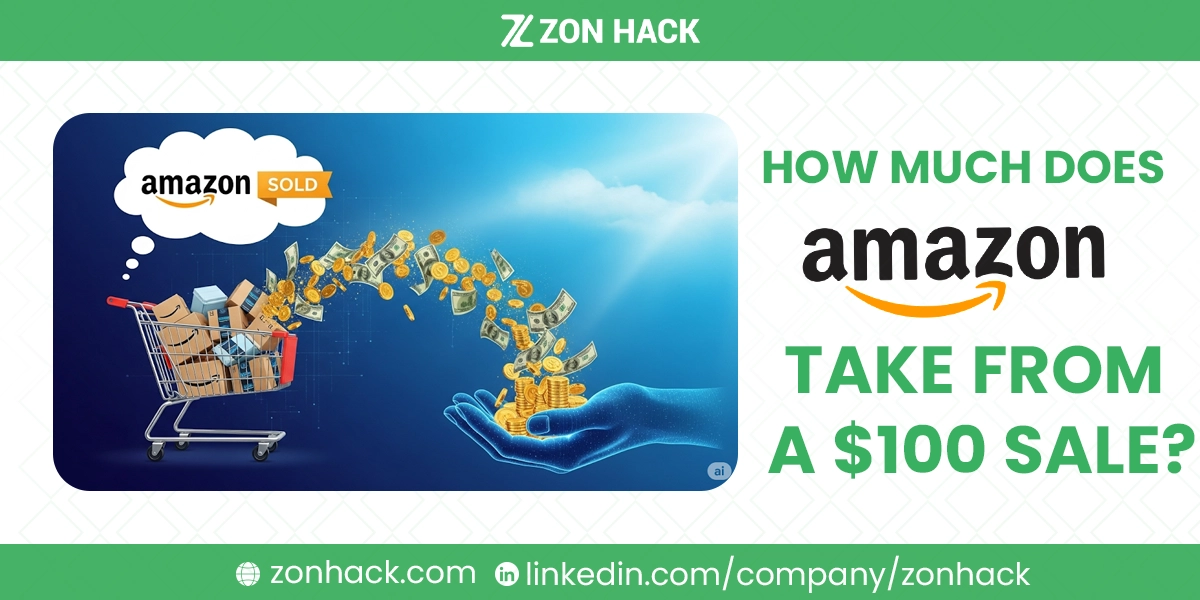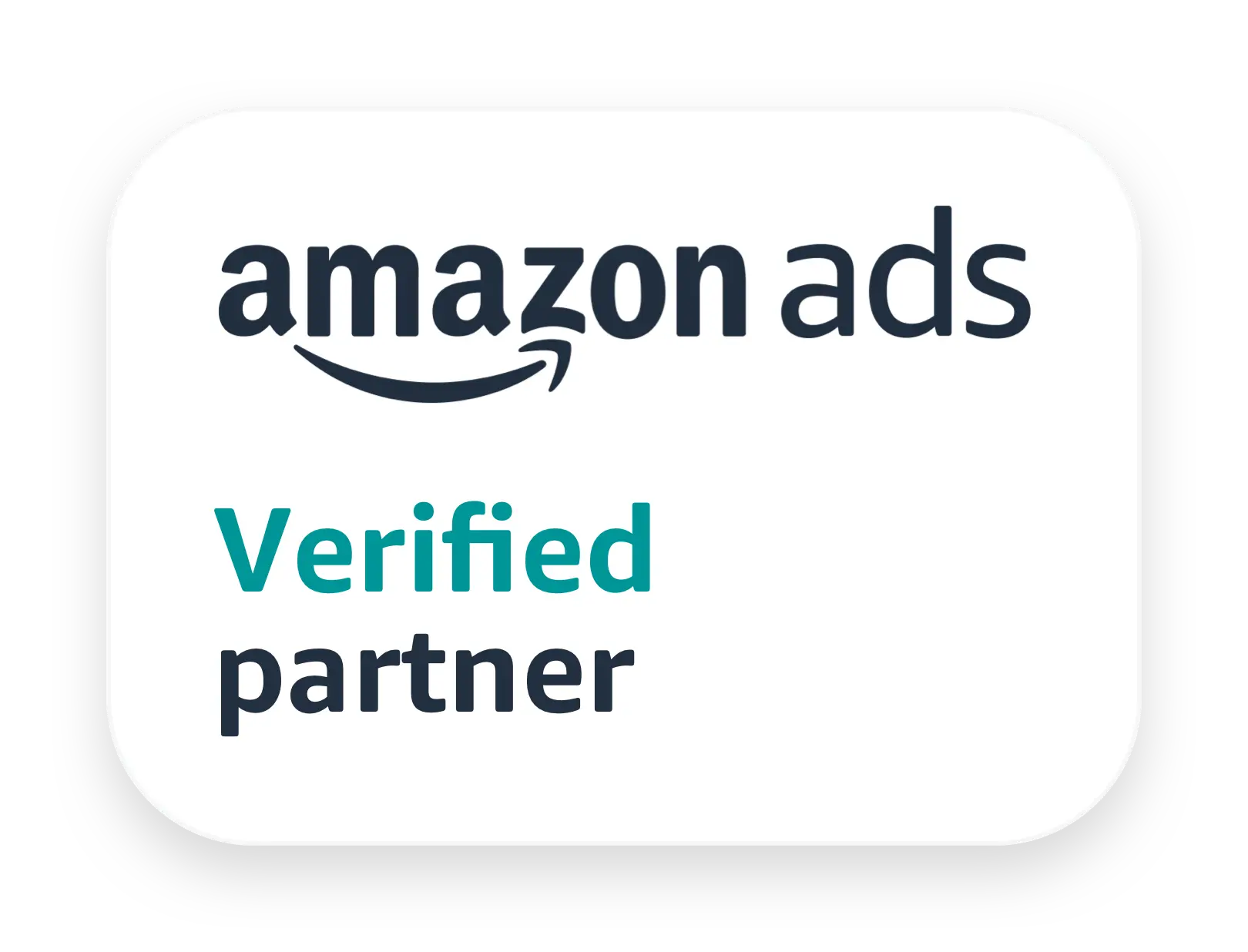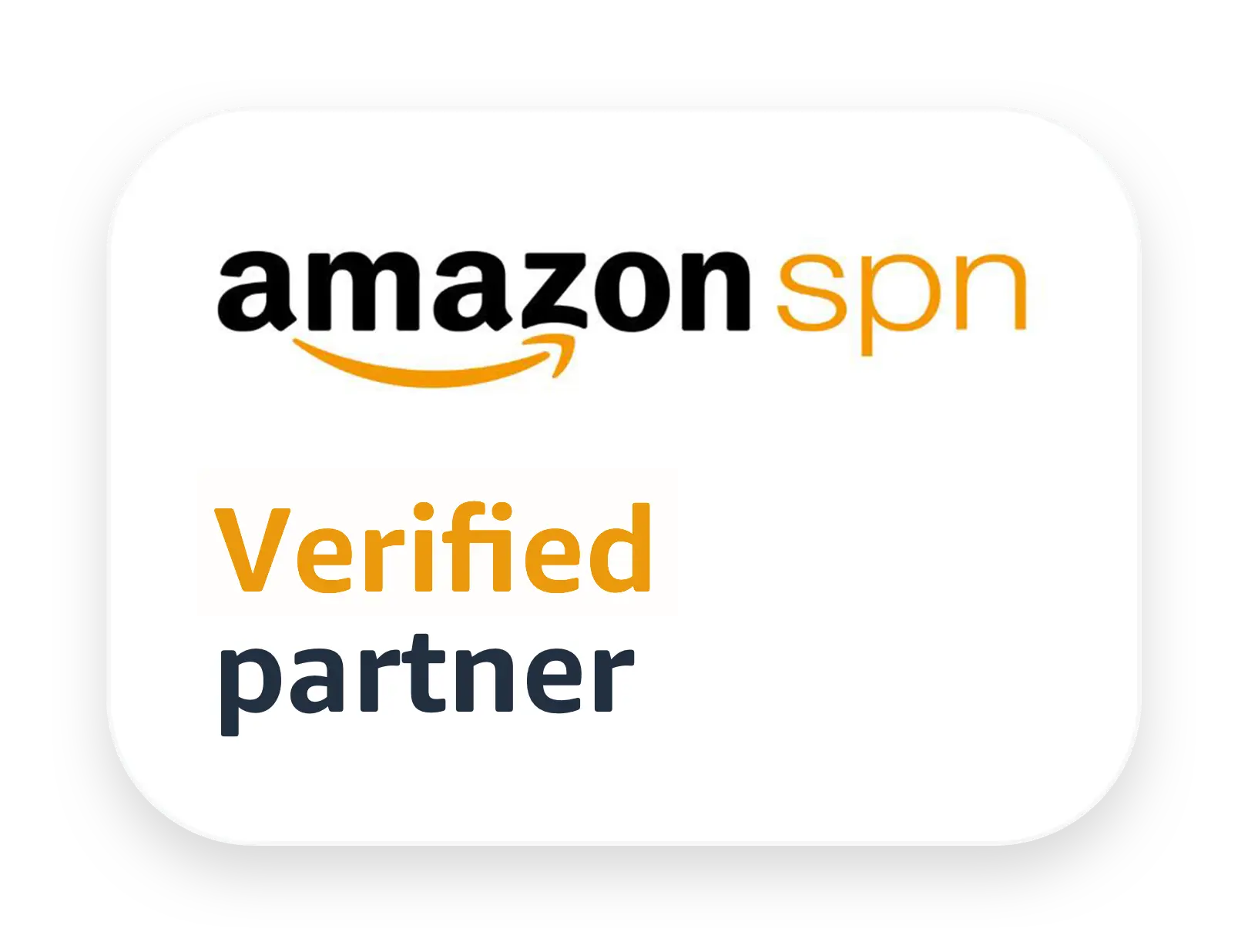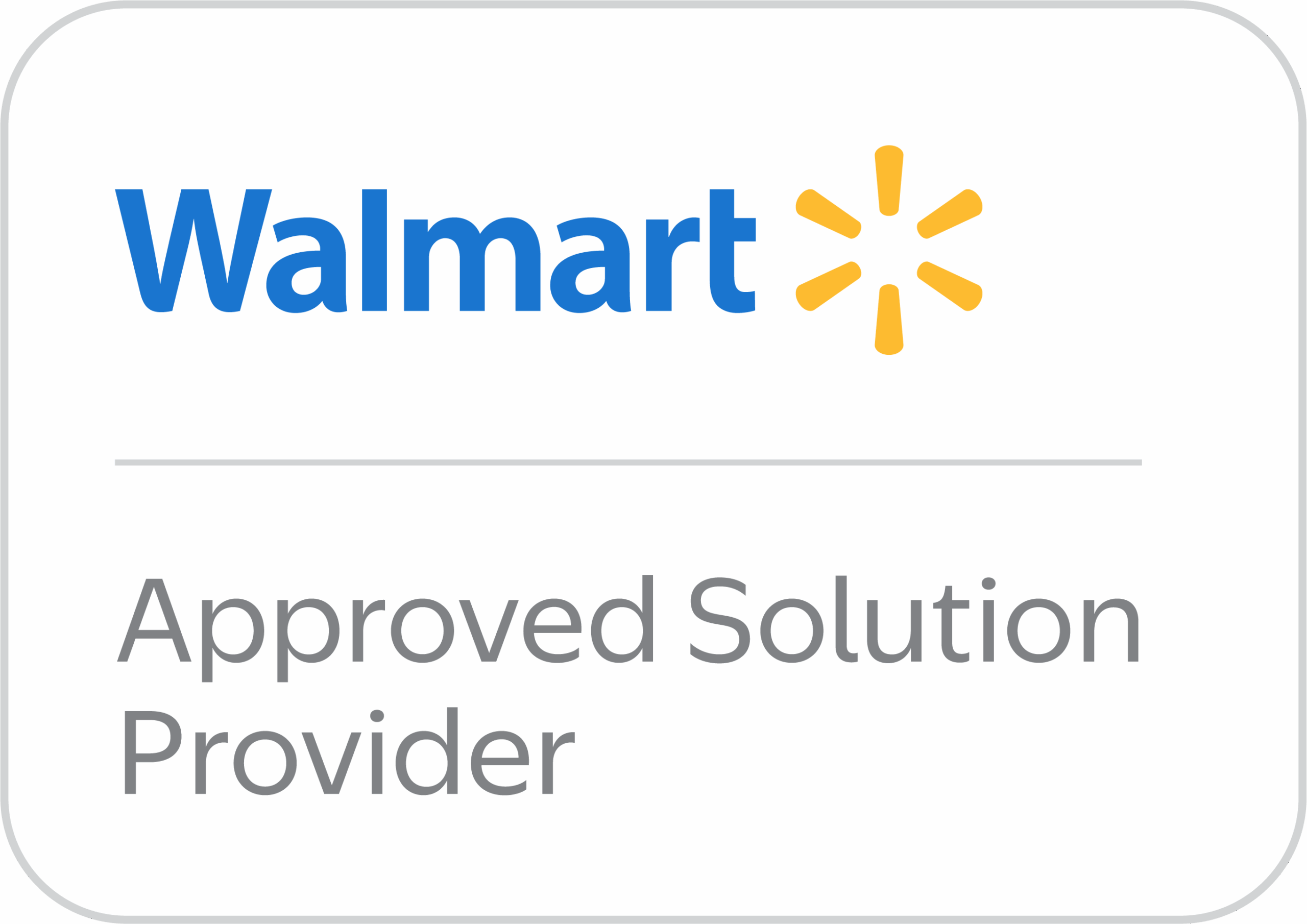When you sell on Amazon, it feels exciting to see orders come in. But then reality hits—you check your payout, and it’s way less than the sale price. That’s because Amazon charges different types of fees on every sale.
Now, this isn’t necessarily bad. After all, Amazon gives you access to millions of buyers, handles logistics if you choose FBA, and makes your business look more professional. But it’s still important to know exactly how much of your $100 sale ends up in your pocket.
Let’s break it down step by step so you understand where your money goes.
Type of Fees Amazon Takes from Your Sale
Let’s break down the different costs you’ll encounter on your selling journey. It’s not about being scared of the fees, it’s about understanding them so you can plan for success. It’s about knowing your numbers so you can price your products the right way and truly make a profit.
Referral Fees (Commission)
This is the big one. It’s the most common and often the largest fee you’ll pay. Amazon charges a referral fee on every sale, typically around 15% for most categories (such as electronics, home, toys, and many others), but it ranges from 5% to 45% depending on product type and sometimes price point.
- Average: For many categories, like Home & Kitchen, Toys & Games, or Sports & Outdoors, the referral fee is a pretty standard 15%. So, on your $100 item, Amazon would collect $15 right off the bat. It’s their commission for connecting you with millions of customers. A fair trade, some might say.
- Tiered Rates: Amazon has a sliding scale that would make a rollercoaster designer proud. Some categories, like Electronics Accessories, have a 15% fee up to a certain price point (like $100), and then a lower rate for any amount over that. It gets a little more complex, but it’s all about finding your specific product category.
- Minimum Fee: To make sure they don’t lose money on super cheap items, Amazon has a minimum referral fee, which is often $0.30. So even if your product is only $1 and the 15% fee would be $0.15, you’ll still pay that minimum. It’s a small detail, but it can make a big difference on low-priced goods.
Fulfillment Fees
These fees come into play if you’re using Amazon’s popular Fulfillment by Amazon (FBA) service. FBA is a game-changer for many sellers because it takes all the stress of storage, packaging, and shipping off your shoulders. But that convenience comes with its own costs.
- Fulfillment Fee: This is a per-unit fee that depends on your product’s size and weight. For a typical $100 item, this could be anywhere from $3 to $5 or even more. Think about it: a small book costs less to ship than a bulky kitchen appliance. Amazon charges you accordingly for the work they do.
- Monthly Storage Fee: If your inventory is just chilling in an Amazon warehouse, they’re going to charge you for the space it’s taking up. This fee is calculated per cubic foot and changes with the seasons. It gets much higher during the busy holiday months (October to December), so be prepared.
- Other FBA Fees: And of course, there are a few other little fees that can pop up. There are fees for long-term storage if your inventory sits around for too long, or for “removal orders” if you want your unsold items back.
Seller Plan Fees
Before you even make a single sale, you have to pick your seller plan. This is your ticket to the Amazon marketplace, and there are two main choices.
- Individual Plan: This plan is perfect if you’re just starting out or if you don’t plan on selling a lot of stuff. You don’t pay a monthly subscription fee. Instead, you pay a flat $0.99 fee for every item you sell. This is a great way to test the waters without a big commitment. It’s a low-risk option for people selling less than 40 items a month.
- Professional Plan: If you’re serious about selling and you expect to make more than 40 sales a month, this is the way to go. You’ll pay a flat monthly subscription of $39.99, but you get to skip that $0.99 per-item fee. Plus, this plan unlocks a bunch of cool tools like advertising and advanced sales reports.
Example Breakdown for a $100 Sale That Amazon Will Take from You
Let’s put all this together with a real-world example. We’ll imagine you’re selling a gadget for $100. It’s a standard-sized product in a common category like Home & Kitchen, and you’re using FBA. We’ll also assume you’ve chosen the Professional selling plan.
- Referral Fee (15%): The first thing Amazon takes is its commission. A simple 15% of $100 is $15.00.
- Fulfillment Fee (FBA): Next, they charge you for the work they do—picking, packing, and shipping your item. For a typical small, standard-sized product, this fee might be around $4.00.
- Monthly Storage Fee: We’ll add a small portion of this fee for our single sale. Let’s say it’s a tiny $0.50. This will vary based on how many units you have and the time of year, but it’s a good estimate.
- Total Estimated Fees: Add it all up: $15.00 + $4.00 + $0.50 = $19.50.
So, from your $100 sale, Amazon is taking about $19.50. That means you’re left with $80.50 before you even think about your own costs. You still need to subtract what you paid for the product itself, any marketing you did, and other business expenses.
Calculating Your Profits: Beyond Just the Fees
I know, it can feel like Amazon is taking a big chunk out of your earnings. But remember, they are providing a huge platform with millions of ready-to-buy customers. They handle the credit card processing, the customer service, and the shipping (if you use FBA). They are essentially your business partner. Your profit isn’t what’s left after Amazon’s cut. Your real profit is what’s left after you subtract the cost of your product, your shipping costs to Amazon, your marketing, and all these other fees.
I like to use a simple formula to think about it:
- Selling Price – All Amazon Fees – Cost of Goods Sold – Other Expenses (like marketing) = Your Actual Profit
It’s crucial to know this number. Before you list a single product, you should run the numbers and make sure you’re happy with the profit you’ll make. Don’t get caught in the trap of thinking a high sale price equals a high profit.
FAQs
What’s the main difference between the Individual and Professional plans?
The biggest difference is the monthly fee versus the per-item fee. The Individual plan is great for low-volume sellers, as you don’t pay a monthly subscription but instead pay $0.99 for each item sold. The Professional plan has a flat $39.99 monthly fee but removes the per-item charge, making it more cost-effective if you sell more than 40 items a month.
How do I know what my product’s referral fee is?
Amazon has a detailed fee schedule on its Seller Central website that lists the referral fees for every product category. You can also use Amazon’s own FBA Revenue Calculator to get a very specific breakdown of all the fees for your product. It’s a fantastic tool and I highly recommend using it.
Can I sell on Amazon without paying these fees?
No, not really. These fees are part of the deal. If you’re selling on the Amazon platform, you will be paying referral fees at a minimum. You can avoid FBA fees by handling all your own shipping and storage (known as Fulfillment by Merchant, or FBM), but you’ll still have to pay for shipping, packaging materials, and your own labor, which might end up costing you more.
Conclusion
So, how much does Amazon take from a $100 sale? It’s not just a single, static number. It’s a combination of a referral fee, a fulfillment fee (if you’re using FBA), and your seller plan fee. For a typical item, you can expect Amazon’s fees to be around $18 to $20, but this can go up or down depending on your specific product and selling strategy. The most important thing is to understand all these costs so you can price your items correctly and ensure you are making a healthy profit.




